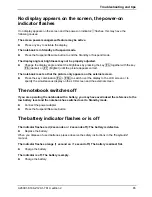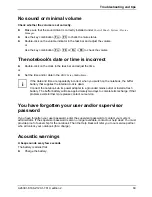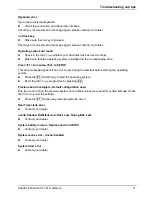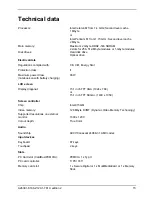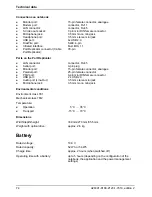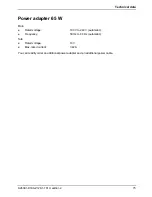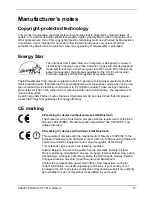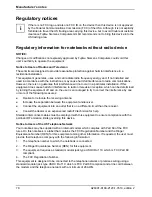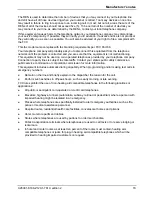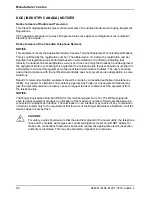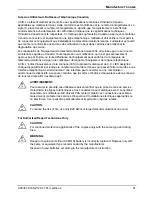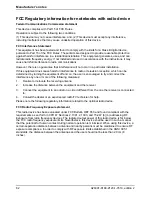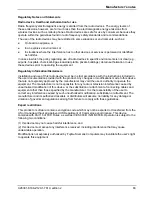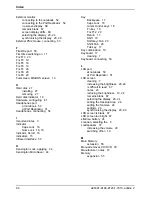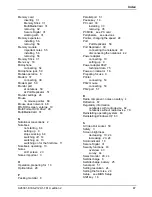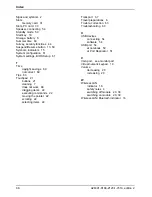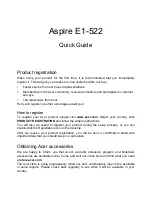
Manufacturer’s notes
A26391-K168-Z120-1-7619, edition 2
79
The REN is used to determine the number of devices that you may connect to your telephone line
and still have all of those devices ring when your number is called. Too many devices on one line
may result in failure to ring in response to an incoming call. In most, but not all, areas the sum of the
RENs of all of the devices should not exceed five (5). To be certain of the number of devices you
may connect to your line, as determined by the RENs, contact your local telephone company.
If this equipment causes harm to the telephone network, your telephone company may discontinue
your service temporarily. If possible, they will notify you in advance. If advance notice is not practical
they will notify you as soon as possible. You will also be advised of your right to file a complaint with
the FCC.
This fax modem also complies with fax branding requirements per FCC Part 68.
Your telephone company will probably ask you to disconnect this equipment from the telephone
network until the problem is corrected and you are sure that the equipment is not malfunctioning.
This equipment may not be used on coin-operated telephones provided by your telephone company.
Connection to party lines is subject to state tariffs. Contact your state’s public utility commission,
public service commission or corporation commission for more information.
This equipment includes automatic dialing capability. When programming and/or making test calls to
emergency numbers:
●
Remain on the line and briefly explain to the dispatcher the reason for the call.
●
Perform such activities in off-peak hours, such as early morning or late evening.
FCC rules prohibit the use of non-hearing aid compatible telephones in the following locations or
applications:
●
All public or semipublic coin-operated or credit card telephones.
●
Elevators, highways, tunnels (automobile, subway, railroad or pedestrian) where a person with
impaired hearing might be isolated in an emergency.
●
Places where telephones are specifically installed to alert emergency authorities such as fire,
police or medical assistance personnel.
●
Hospital rooms, residential health care facilities, convalescent homes and prisons.
●
Hotel, motel or apartment lobbies.
●
Stores where telephones are used by patrons to order merchandise.
●
Public transportation terminals where telephones are used to call taxis or to reserve lodging or
rental cars.
●
In hotel and motel rooms as at least ten percent of the rooms must contain hearing aid-
compatible telephones or jacks for plug-in hearing aid compatible telephones which will be
provided to hearing impaired customers on request.

